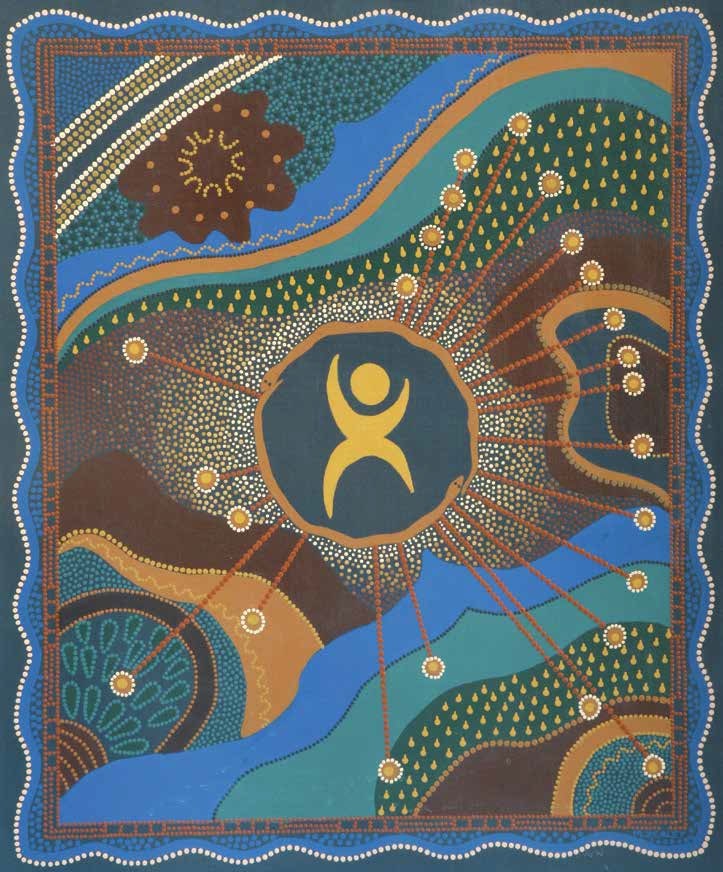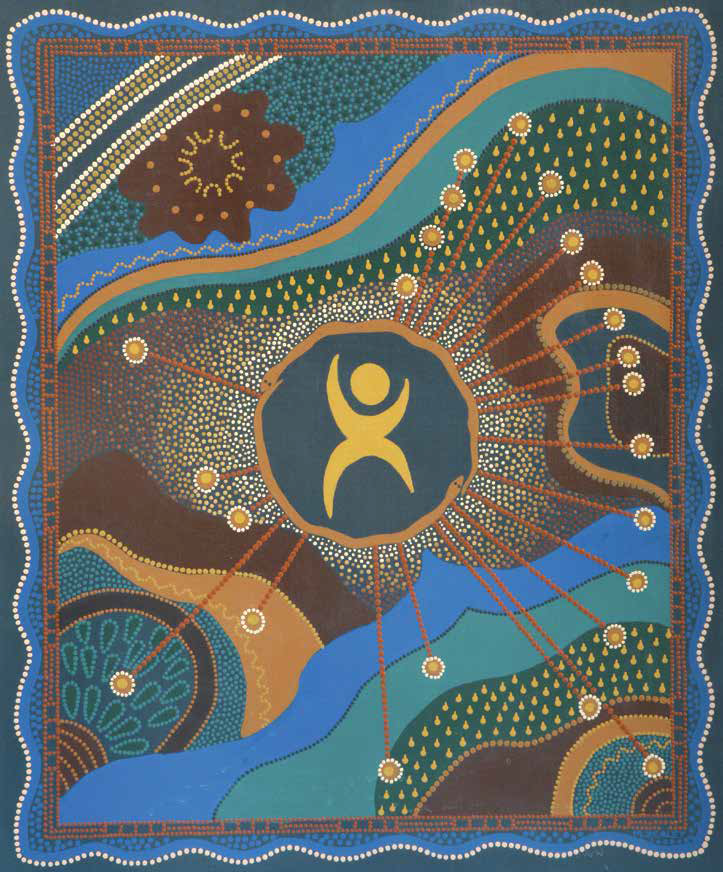- 1300 LIFETEC / 1300 543 383
- mail@lifetec.org.au

LifeTec is committed to ensuring we adhere to best practice when we providing assistive technology services to Aboriginal and Torres Strait Islander people living in rural and remote areas. To assist us to better understand the unique challenges faced by Aboriginal and Torres Strait Islander people living in rural and remote areas in acquiring assistive technology LifeTec, is working with students from the Australian Catholic University who are investigating current challenges relating to AT prescription and service delivery in regional, remote and Indigenous communities and how this varies to our service delivery for clients in metropolitan areas.
The students will complete a review of relevant literature, conduct interviews with people with a lived experience of using AT and liaise with other services providers to investigate the experiences of consumers and other therapists working in this areas.
The project will identify recommendations for LifeTec to consider when working in regional, remote and Indigenous communities.
LifeTec will use the information gathered as part of this project to further develop our service delivery models to ensure consistency in the outcomes obtained regardless of the person’s location.
The project will also contribute to the development of LifeTec’s Reconciliation Action Plan where is it is important to identify culturally appropriate service models or culturally appropriate clinical tools that we can utilise in our practice.

We would like to gratefully acknowledge the contribution of Maxine Zealey, whose artwork features throughout LifeTec Australia’s Reconciliation Action Plan. Maxine comes from the Gooreng Gooreng people of the Bundaberg area and is a direct descendant of Lexi Dublin (Granny Clarke) and Lena Horton.
The artwork conveys an invitation to all Aboriginal and Torres Strait Islander communities to reach out together with LifeTec Australia. The background of the painting is a series of small dots depicting a happy situation. Colours used in the painting represent the rich cultures of Aboriginal and Torres Strait Islander peoples. Earthy tones represent the land and Aboriginal communities. Blues, greens and black represent Torres Strait Islander peoples and LifeTec Australia.
Elements within the artwork include:
Share This Page:
Not sure what funding is available to you? Have questions on the type of services we can provide? Start your journey with us by sending us an enquiry today!
Brisbane Office:
Mon-Fri: 8.30am- 4.30pm
Sat/Sun: Closed
Townsville Office:
Mon-Fri: 8.30am- 4.30pm
Sat/Sun: Closed